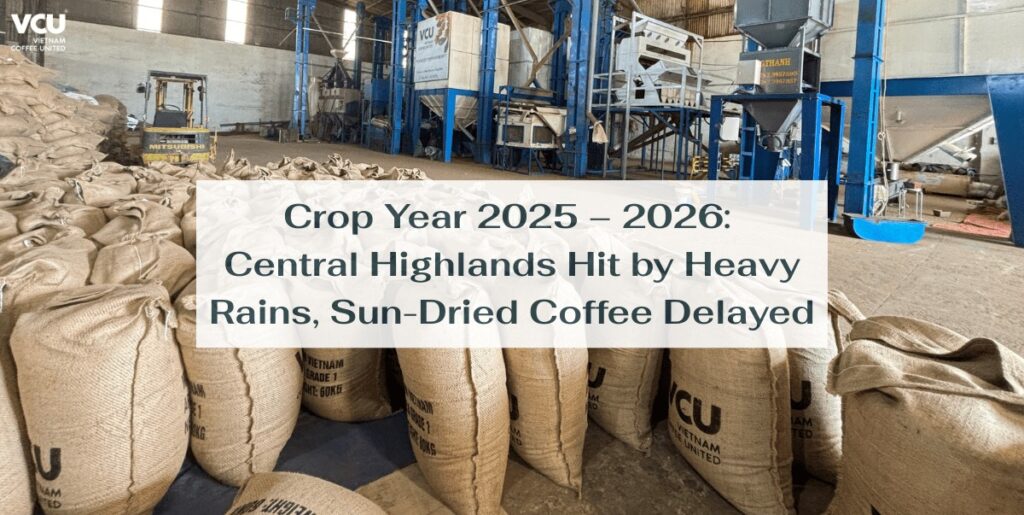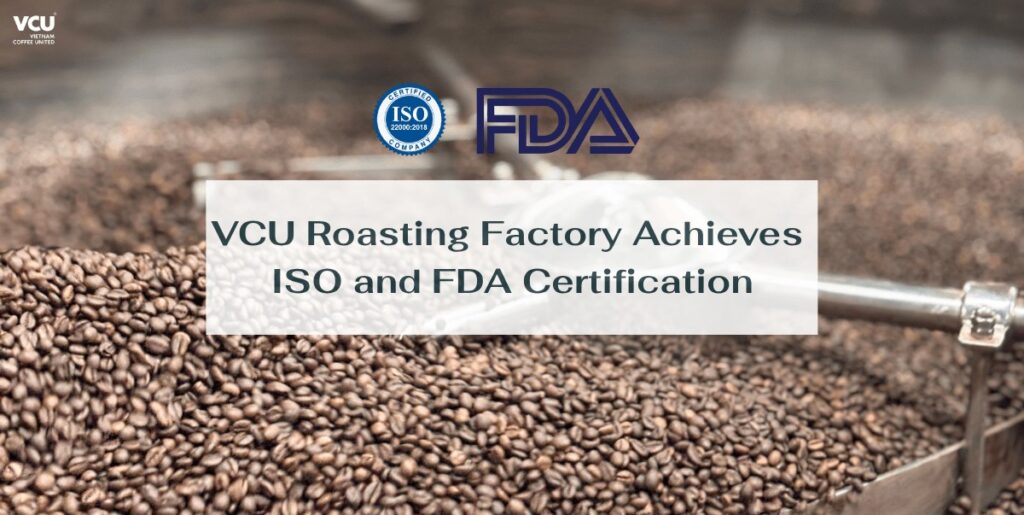The Best Way to Roast Robusta Coffee
In the past, the world often had a bias against Vietnamese Robusta coffee. They preferred Arabica, believing it to be the true specialty coffee. The bitterness and high caffeine content in Robusta were often considered unsuitable for the specialty coffee segment.
However, with the development of the coffee industry, producers have experimented with roast Robusta coffee. As the flavor notes develop throughout the roasting process, people have gradually gained a new perspective on Vietnamese coffee, turning it into an attraction on the global stage with its mainstay coffee production in Vietnam.
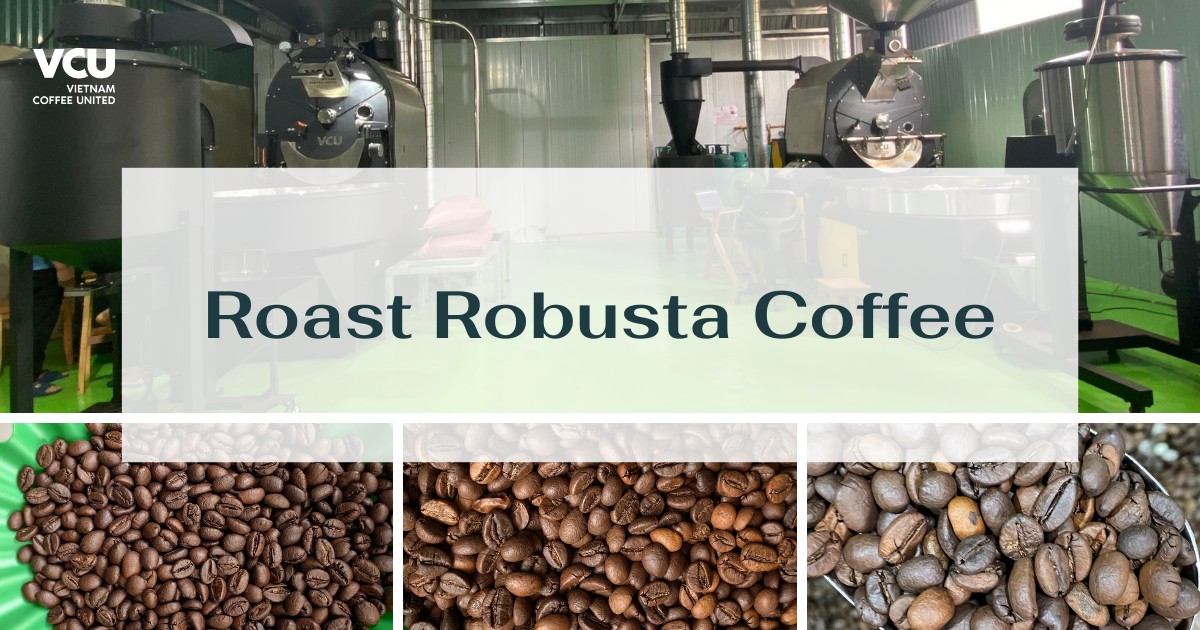
A Few Facts About Vietnamese Coffee
First introduced to Vietnam in the 1850s, the French brought coffee plants to Indochina. By the 1880s, coffee was being cultivated and produced on a large scale across many plantations. However, from 1914 to 1975, global wars and the Vietnamese revolution disrupted coffee production.
In 1976, when the Communist Party of Vietnam implemented new economic reforms, coffee production and processing gradually recovered. The main coffee-growing regions are concentrated in the Central Highlands, where 80% of Robusta coffee is cultivated. The favorable conditions in terms of terrain, climate, and weather have enabled the Central Highlands to grow and produce Robusta coffee on a large scale, yielding high production with exceptional quality.
In recent years, Vietnamese Robusta coffee has become increasingly popular worldwide, demonstrated by Vietnam’s position as the second-largest coffee exporter in the world. Many roasters, green coffee distributors, coffee shop chains, and coffee brands globally have imported Vietnamese coffee.
Previously, most farmers focused on quantity over quality, but this has gradually changed. They are now investing more in quality, so the flavor of Vietnamese coffee has improved and appeals to many people worldwide.
The Flavor of Vietnamese Coffee
Robusta contains less sugar and more caffeine than Arabica. Most of the coffee-growing area in Vietnam is Robusta. Therefore, many people seek the best ways to roast Robusta coffee to develop its strong and rich flavors.
Understanding the essence and flavor notes of Robusta, many roasters have studied and developed roasting profiles that help maximize the flavor potential of the coffee. The combination of Vietnamese coffee with condensed milk over time has not only reduced the bitterness but also preserved the coffee’s flavor.
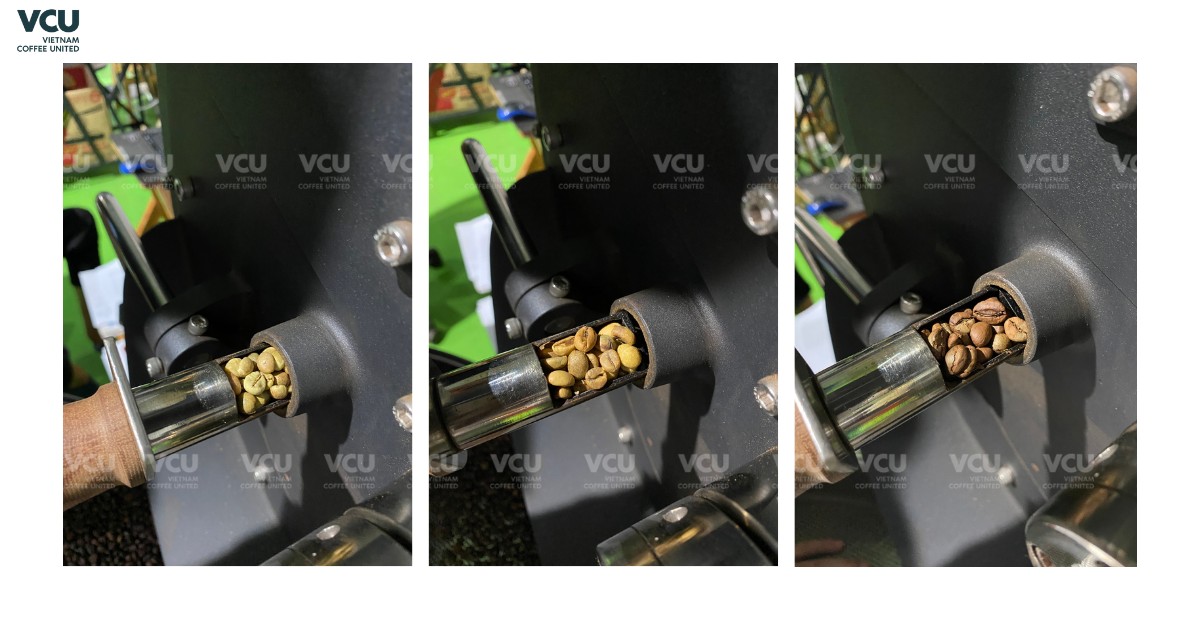
Vietnam boasts an extremely creative coffee culture. Numerous recipes incorporate coffee, such as egg coffee, salted coffee, and fruit coffee.
As the third wave of coffee culture continues to flourish, more and more time is spent building a unique profile for Vietnamese coffee to elevate it to high-quality coffee status by roasting Robusta coffee.
Read more:
Guide to Roast Robusta Coffee
Roast Robusta coffee requires skill, understanding, practice, and accumulated experience. The method of roast Robusta coffee differs from that of Arabica, primarily depending on the roaster’s technique. To roast coffee effectively, VCU can provide you with some tips:
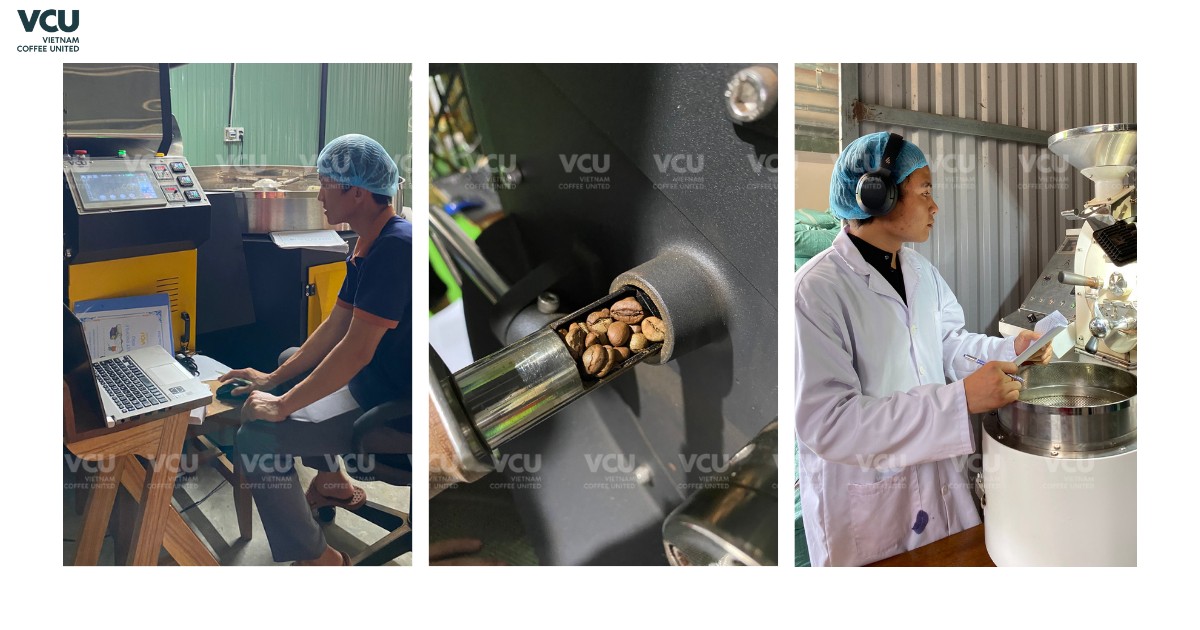
Roasting Level: Based on the quality of the green coffee beans, personal taste preferences, and desired flavor profile after roasting, you should choose an appropriate roasting level to bring out the best flavors in Robusta beans.
Temperature Control: During the roasting process of Robusta coffee, do not overlook temperature control. Depending on the processing method, density, moisture content, and growing region, start with the appropriate charge temperature and heat transfer for the coffee beans.
Roasting Time: Robusta coffee generally requires a longer roasting time compared to Arabica. Roasters need to control both the time and temperature to ensure the coffee develops its flavor correctly and optimally.
Cooling Process: Once the beans have reached the desired flavor, cool them quickly (ideally within 5 minutes). This helps preserve the flavors and prevents further development that could lead to undesirable and unstable tastes.
Example:
If you want a coffee for espresso that is well-suited for cafés with a good flavor profile and cost-effectiveness, you might consider using Natural Robusta.
The advantage of this grade is its high ripeness ratio (>97%), which prevents the astringent taste of under-ripe beans, a high density (715 – 730) for a rich and stable coffee, and a moisture content of 12.5%.
For this grade, VCU typically roasts to a Medium level to achieve a balanced flavor, suitable crema, and a lingering sweetness. If you prefer a stronger flavor, you can increase the roasting level to Medium-Dark.
Additionally, ensure appropriate heat levels for even roasting and maximum flavor development of the green beans. On a 60kg roaster, the roasting time usually ranges from 15 – 17 minutes for this green bean grade, with cooling time around 4 minutes.
By mastering the technique of roast Robusta coffee, you can fully harness its potential, highlighting its flavors and creating a bold, unique coffee product.
Note: Always save the roasting profile during each roast to ensure consistency and understand the physical changes within the coffee beans.
Globally, many places have adopted the method of roasting Robusta coffee in their coffee chains, sparking curiosity and interest among customers, with many gradually coming to love the strong flavor of this coffee variety.
This has provided significant motivation for Vietnam to produce specialty Robusta coffee (Fine Robusta), affirming its position in the world’s coffee culture.
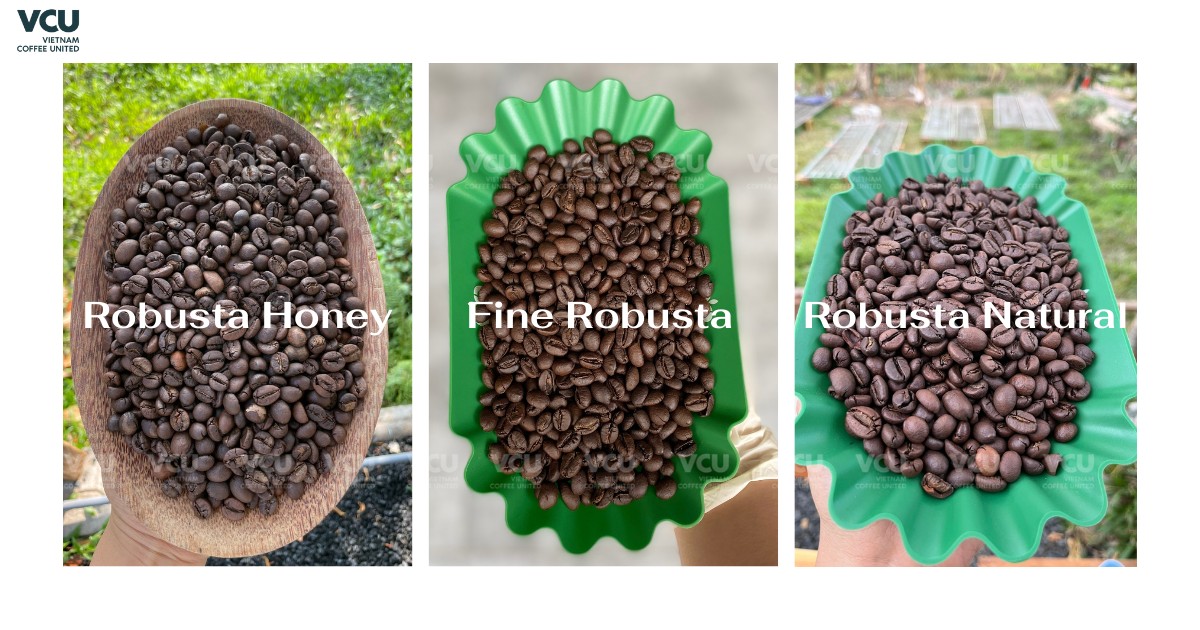
Please contact VCU JSC immediately to get advice on the profile and the best way to roast Robusta coffee tailored to your business needs!
Contact Information
VCU Joint Stock Company (VCU JSC)
Address:
– Roasting Facility: Residential Group 6, Chu Prong Town, Chu Prong District, Gia Lai Province
– Green Bean Facility: Ia Der Commune, Ia Grai District, Gia Lai Province
– Hotline: +84 941 203 879
– Fanpage: VCU – Vietnam Coffee United
– Email: info@vietnamcoffeeunited.com

